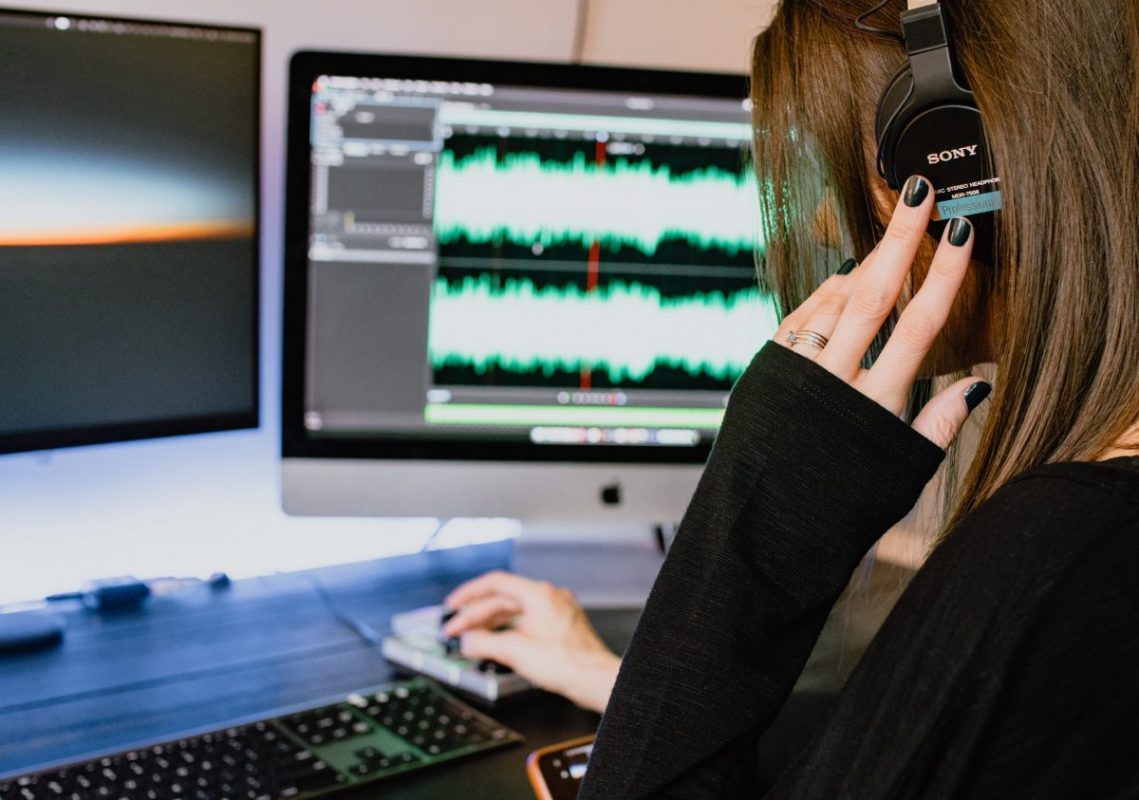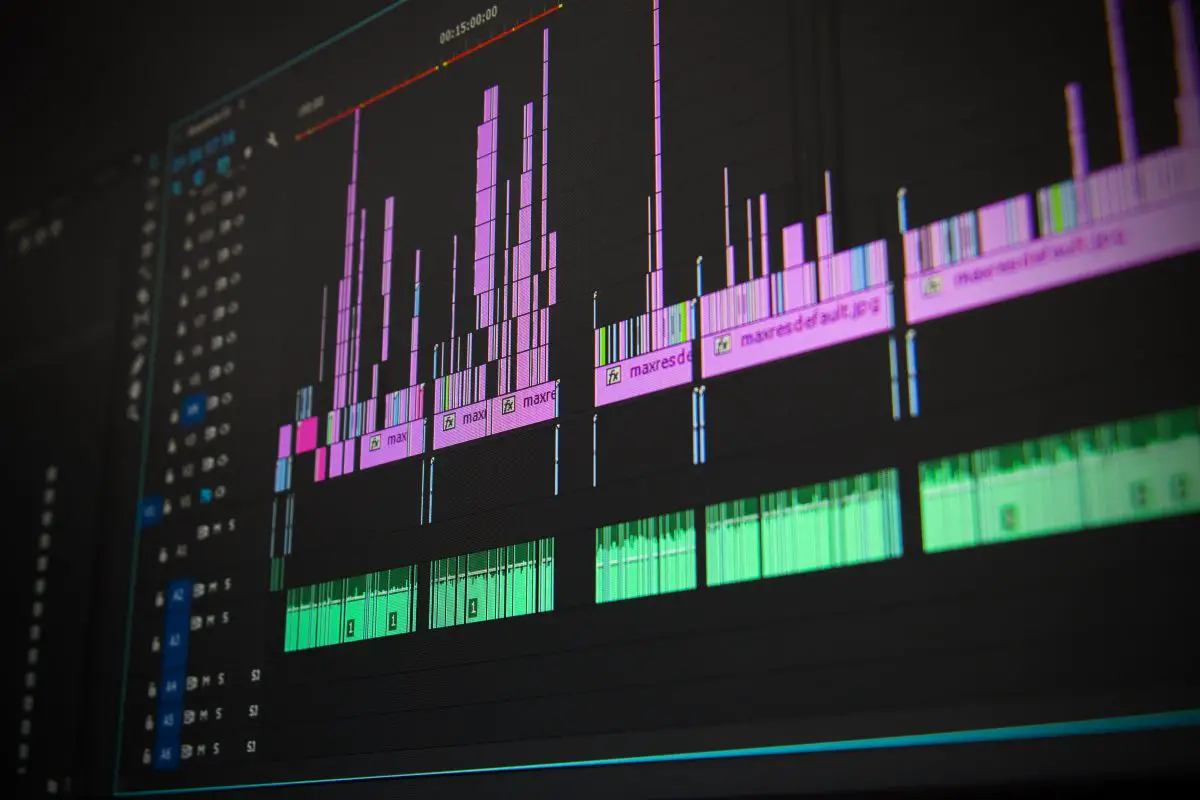Audio compression is used at every stage of digital music production, from sound design to final processing. This makes it an important effect to learn and master. It can be used creatively and musically, but if it is used without thought, it can ruin your music. But what exactly is audio compression, and why is it so important? This article covers everything about audio compression. So if you’re into music or are just curious about music recording, this post is for you!
What is audio compression? Audio compression is a process used to reduce the dynamic range of an audio signal. It decreases the volume of loud sounds or amplifies quiet sounds by narrowing or “compressing” an audio signal’s dynamic range.
What is audio compression?
Audio compression is a technique used in sound recording and reproduction to reduce the dynamic range of an audio signal using compressors. In music production, compression is used creatively to shape the sound of individual instruments or vocals.

Audio compressors and limiters are used in the recording and mixing procedures to restrict an audio signal’s dynamic range and make it more constant in loudness. As a result, they may produce significantly louder and more professional recordings in the hands of an expert.
AKAI Professional MPK Mini MK3

AKAI Professional MPK Mini MK3
What is audio compression for?
To ensure a consistent and balanced audio experience throughout a song, setting appropriate levels is crucial. However, as the song progresses, certain elements may become difficult to hear or excessively loud, disrupting the overall mix. To address this issue and achieve a more cohesive sound in music and podcasts, sound engineers use “audio compression” technology.
Compression is typically applied to both transient and sustained sounds to maintain audibility of both elements.
In most types of sound, the transient, which represents the most intense portion of the signal, plays a significant role. Compression is typically applied to both transient and sustained sounds to maintain the audibility of both elements. For instance, let’s consider the analogy of a recorded drum set.
When a drumstick strikes the drumhead, the sound that swiftly emerges represents a classic example of a transient. It signifies the sudden increase in volume at the onset of a sound. In drumming, compression can be employed to reduce the volume of the initial stick strokes while simultaneously increasing the volume of the lingering tones and the drum’s decay.
How does audio compression work?
A compressor’s main job is to lower the volume of a signal whenever it gets louder than a set threshold. One may adjust the compressor’s settings to tailor its behavior to their needs. Here are some parameters of compressors and their significance:

- Attack time: After the signal has exceeded the threshold, the attack time is the amount of time it takes to be compressed to the desired ratio. This will change the onset of the sound. For example, with a slow attack, you can quickly squeeze the sound of a loud guitar pick, and with a fast attack, you can give a soft instrument, like a keyboard, more punch.
- Release time: The release time is how long it takes for the audio signal to go from being compressed to uncompressed. Fast-release speeds sound most natural when the gain is reduced slightly. However, the pumping effect, or abrupt loudness spike, that results from high compression with a quick release time may make the recording seem uneven in various musical styles.
- Threshold: The onset of compression is referred to as the threshold. Once a threshold is set, audio below that level will continue to be processed normally, while audio above the threshold will be compressed based on the ratio chosen. You would want to configure the compressor so the threshold gets the loudest recording area.
- Ratio: Once a signal crosses the threshold, the ratio tells how much it will be weakened (or compressed). For example, audio volume is measured in decibels (dB); thus, if you choose a 3:1 compression ratio, every 3dB of the input signal over the threshold will yield 1dB of the output signal.
- Knee: The knee refers to how rapidly it goes from compressing to decompressing the signal. Since the compression of a soft knee starts gradually, the sound is less abrupt than that of a hard knee. Producer, engineer, and mixing artist Gus Berry says to use a “soft knee” for bass guitar and vocals and a “hard knee” for percussion instruments like the piano and kick drums.
- Make-up gain or output gain: Since a compressor actively lowers the volume of parts of the signal, the output signal will be quieter than the signal that went in. So if the signal level has gone down, “make-up gain” can bring it back up. Rodocker suggests playing the music while bypassing and turning on the compressor, then adjusting the make-up gain until the two sounds are about the same.
What are the different types of compressors?
The overall influence on the sound is determined by the settings you make and the type of compressor you choose, so below are the audio compressors you can choose from.
- Optical compressor: An optical compressor is a type of analog compressor that utilizes a light element and optical cell to shape the dynamics of an audio signal.
- Tube compressor: The tube compressor is one of the earliest compression methods employed by the Beatles and Motown. It is best for bass, drums, and vocals. According to Rodocker, the hallmarks of this style include “slower attack and release timings” and a “particular sound that listeners frequently think of as ‘old school’ or antique.”
- FET compressor: FET compressors are a type of analog compressor in which a field-effect transistor (FET) serves as the central component of the circuit. These compressors act quickly and preserve transients better than other compressors.
- Parallel compressor: A parallel compression method combines a raw or moderately compressed signal with a highly compressed one. When the softest sounds are amplified, the dynamic range is narrowed. The electric bass, vocals, and live sound benefit most from this.
- Sidechain compressor: To adjust the intensity of one instrument’s influence, sidechain compression uses the volume of a different instrument as the master control. For example, it is common practice for dance/pop mixes to have the bass compressed more heavily around the time the kick drum is played. This helps the bass maintain its clarity and prominence throughout the song. The bass guitar and kick drums benefit most from this effect in dance pop.
- Multiband compressor: A multiband compressor enables you to compress individual frequency bands in a recording. For instance, if a vocal’s bottom end is overly boomy, it may be toned down but left alone. Vocals, acoustic guitars, and percussion sound the best here.
If you want even more tips and insights, watch this video called “What is Audio Compression? How to Use a Compressor | LANDR Mix” from the LANDR YouTube channel.
Frequently asked questions (FAQ)
Do you still have questions? Below are some of the most commonly asked questions about audio compression.
What is the difference between lossless and lossy compression?
Lossless compression reduces the file size while retaining the exact original audio quality. In contrast, lossy compression reduces file size by removing some audio data. The reduction often results in a loss of audio quality, although often, this is not noticeable to the human ear.
How would you know if your compression was done right?
A well-compressed music should sound better without changing the song’s essential musical elements. For example, it should provide a heavier groove when applied to drums. Likewise, it should enhance the performer’s voice when used on vocals.
When should you compress the audio?
Compression is often used for two major purposes: saving energy and reducing movement. Compression makes sense when you want to emphasize a sound’s explosive transients or moderate its dynamics. However, sound compression may be unnecessary if you’re not doing one of these things.
Conclusion
With the help of this post, you should have a solid grounding in audio compression and its typical characteristics. However, just as you can’t become an expert cyclist by reading a book, you can’t become an expert by reading an article. So now it’s time to open your DAW and play with compression yourself.
Key takeaways
This article covered audio compression, how it works, and why it is important in the music industry. Here are some key takeaways:
- Audio compression is a technology used by sound engineers to improve the quality of recorded music and podcasts.
- Audio compression can add color and tone to your music and increase your tracks’ volume, punch, and overall balance.
- The overall influence on the sound is determined by the settings you make and the type of compressor you use.
So, have you tried compressing audio? And did I cover everything you wanted to know? Let me know in the comments section below. I read and reply to every comment. If you found this article helpful, share it with a friend, and check out my full blog for more tips and tricks on music. Thanks for reading, and never stop making music.















